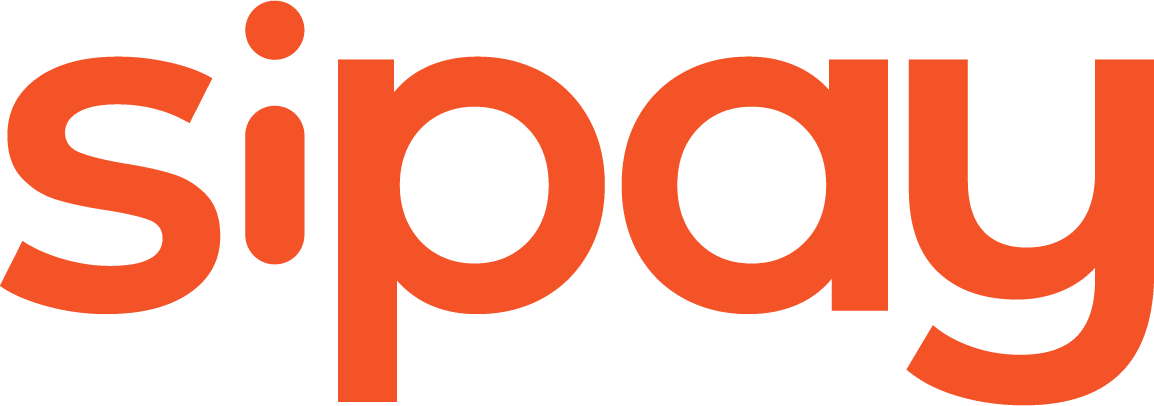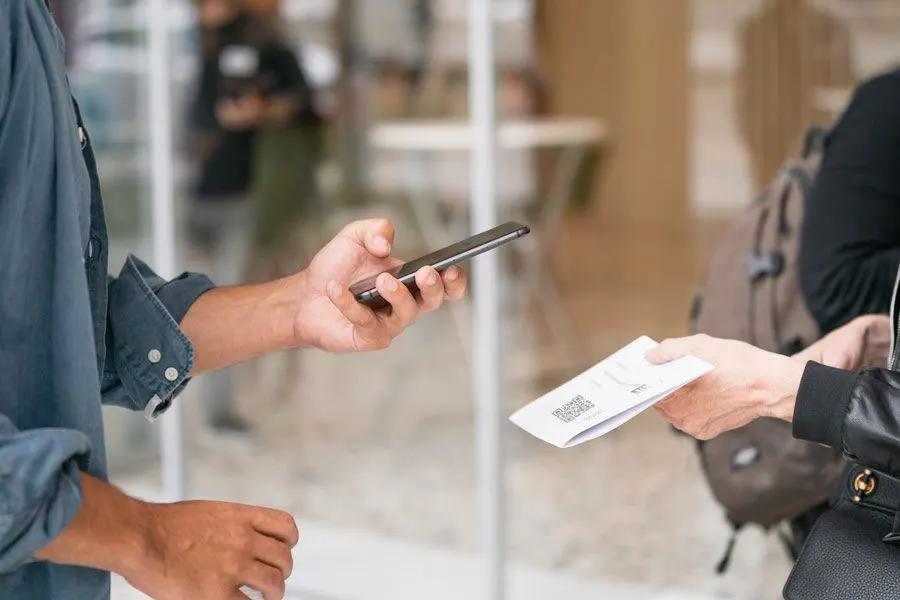Consumer interest in digital payments in an increasingly technological society where contactless interactions are the norm, the QR code has become one of the best options to pay easily, conveniently, and securely.
Digital transformation is not a new concept and lately, especially in the wake of the pandemic, we have seen the emergence of a multitude of tools and new solutions that help society to carry out its day-to-day activities in a more agile, simple, and secure way.
The upward trend towards digitalisation has led to a change in consumers, who have been modifying their habits in terms of shopping and, of course, the payments associated with it. This means that one of the great challenges for companies is to develop a wider range of payment methods to offer their users. In addition, it is recommended that the experience be personalised and innovative, where the purchase process is carried out quickly and securely.
Consumers have been quick to adopt new technologies, and alternative digital payment methods have been replacing cash or cards. This has led to a high growth in the use of ewallets, local payment methods such as Bizum or global payment methods such as PayPal, and even QR codes.
It is on the re-emergence of QR code payments and the advantages they bring to merchants that we will focus on this article. According to a survey carried out by Ivanti, 83% of users in different countries around the world have used QR codes to make a transaction in the last year.
Most of us have had the experience of having to wait for too long to be charged when it is time to pay after eating in a restaurant. This may be because the restaurant only has one payment terminal, or that other tables are being served, among other reasons. This inconvenience, which negatively affects the customer experience, could be remedied with a QR payment solution. In this way, the merchant could charge all tables simultaneously, creating a sense of agility and control for customers and improving the overall customer experience.
What are the benefits of offering QR payment for retailers?
Offering this payment method to merchants improves the user experience due to its simplicity and speed of use, however, merchants also see a positive impact on their business by offering this payment method:
- Time optimisation: transactions are much more agile, dynamic, and immediate, reducing waiting times for consumers at checkout. The user only must scan the QR code with their mobile device, select the payment method they want to use and accept the payment.
- Contactless checkout: Contactless payment methods are increasingly used by users, especially after recommendations for their use in the wake of the pandemic. The main objective is to avoid human-to-human contact and the exchange of cash or cards at the time of the transaction. Users have already become accustomed to this type of payment because of the speed and security it brings.
- The user only needs his or her mobile device: nowadays, most users carry a mobile device with them, which means that they do not need any additional payment instrument to be able to shop at any time.
- Secure and convenient payment: Payment via a QR code allows the user to make a secure, fast, and convenient purchase, adapted to the latest trends and their needs and contributing to a good experience at the time of purchase.
- Reduced implementation cost: QR payments are a great opportunity for commerce, given their reduced implementation cost and the rapid implementation of a technology that is already part of consumers’ daily lives.
Miguel Ángel Curiel, Head of Innovation at Sipay, stresses that “the value of the user experience must be considered from both the merchant’s and the consumer’s point of view. If the merchant is comfortable with a payment solution that allows him to sell more and his customer perceives that the moment of payment is an experience adapted to his needs, we create a successful combination. We can achieve this result by leveraging existing technology that has long been part of our day-to-day business.



